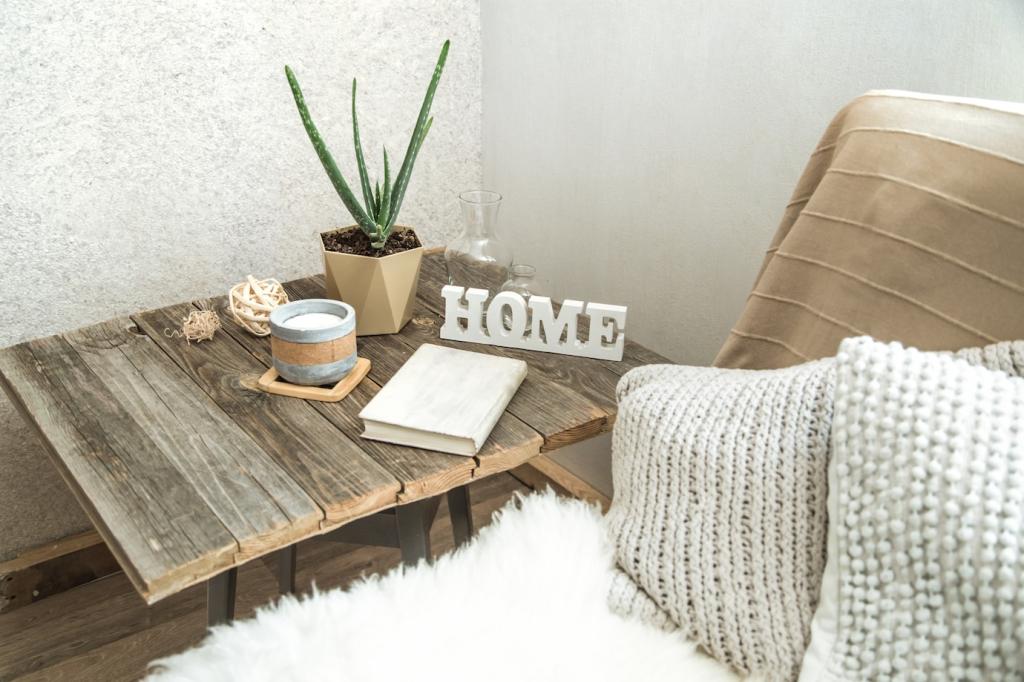This website uses cookies so that we can provide you with the best user experience possible. Cookie information is stored in your browser and performs functions such as recognising you when you return to our website and helping our team to understand which sections of the website you find most interesting and useful.
Sustainable Wall Coverings and Paints
Sustainable wall coverings and paints are transforming modern interiors by merging aesthetic appeal with environmental responsibility. These innovative solutions use eco-friendly materials, non-toxic ingredients, and responsible production methods to minimize ecological footprints while enhancing indoor air quality. As more people prioritize the health of their living spaces and the planet, the demand for greener alternatives in wall finishes continues to grow, encouraging manufacturers to develop products that align with both design trends and sustainability standards. This page explores the principles, materials, benefits, and implementation of sustainable wall coverings and paints, providing insight for anyone looking to make their interiors more eco-conscious.
The Principles of Sustainable Wall Design

Materials and Technologies in Sustainable Wall Coverings
Natural Fiber Wall Coverings
Water-Based and Plant-Based Paints
Recycled and Upcycled Wall Finishes


